Week 03 – Experiencing Light and Space at the Chapel of Saint Albert the Great

Visiting the Chapel of Saint Albert the Great was an immersive experience highlighting the powerful relationship between light, space, and perception. As we observed the interior from different viewpoints, we noticed how the framing of the outside world changed—some windows offered narrow, focused glimpses, while others provided expansive, open views. This contrast shaped our understanding of the space, making certain areas feel intimate and enclosed while others felt connected to the outside world.
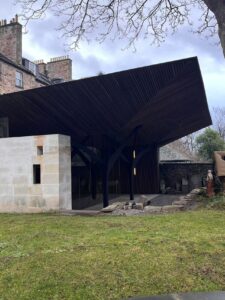
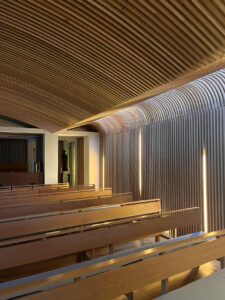
To further explore this relationship, we sketched the chapel’s light and shadow in black and white, focusing on how natural and artificial light interacted with the architecture. Strong contrasts appeared where sunlight streamed through windows, creating sharp, directional shadows, while artificial lighting produced softer, diffused illumination that shaped the space’s mood.
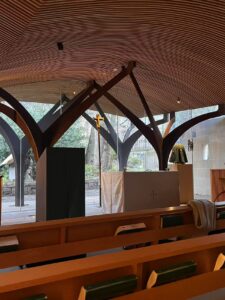
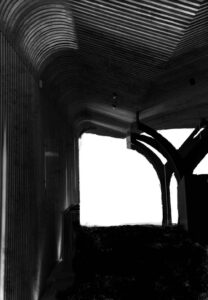
Finally, we measured the light intensity at four key points:
- The darkest interior space, where minimal light creates a solemn, meditative atmosphere.
- A spot near artificial lighting, where warm tones softened the surroundings.
- A location near natural light, where daylight enhances the textures and depth of the space.
- An exterior point, where the open sky provided the brightest illumination, contrasting with the chapel’s sheltered ambience.
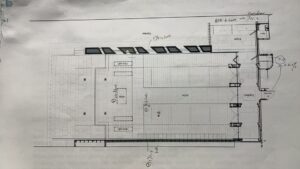

This study deepened our appreciation of how light defines architecture, influencing both spatial perception and emotional experience.





